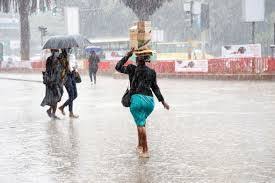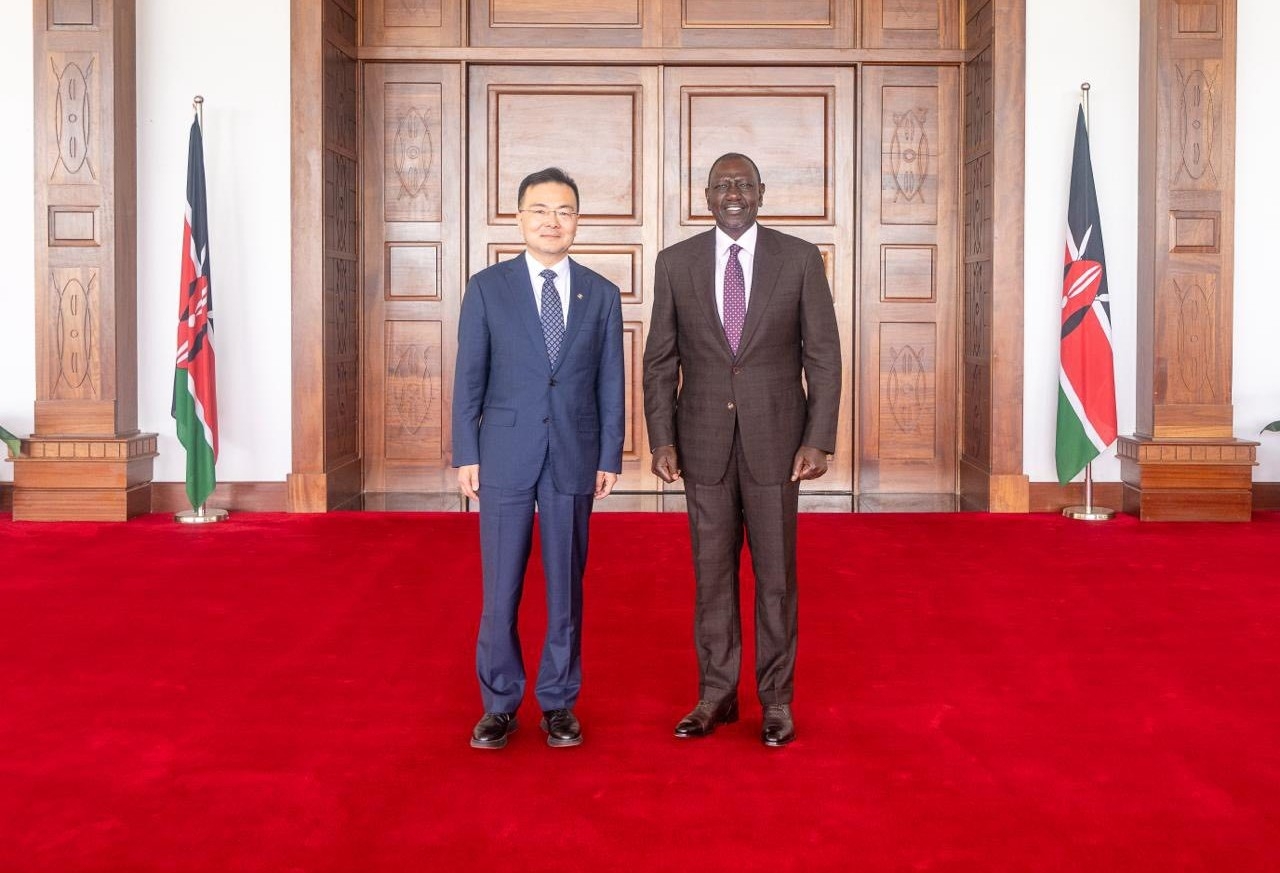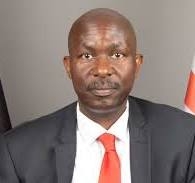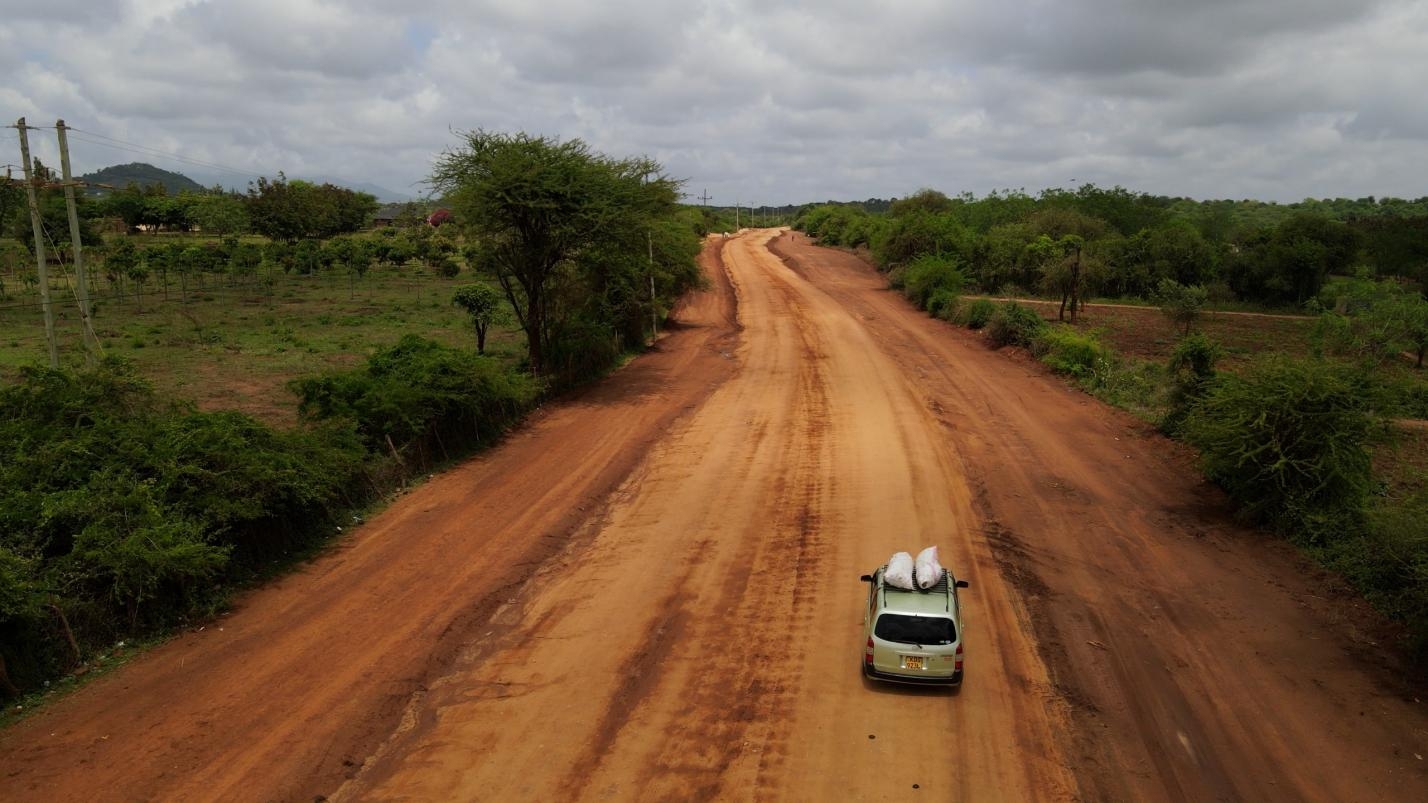

Kenya is likely to experience depressed short rains this year, with the Kenya Meteorological Department warning of prolonged dry spells and uneven rainfall distribution across the country between October and December.
The distribution of rainfall during the upcoming short rains season is expected to be poor, with prolonged dry spells and isolated storms in some areas, the Kenya Meteorological Department (KMD) has said.
According to the climate outlook for October–December 2025, most of the Northeast, Southeastern lowlands, and coastal regions will receive below-average rainfall.
The South and Central Rift Valley, most of the Lake Victoria Basin, the Highlands East of the Rift Valley including Nairobi, parts of Kajiado, and western Samburu and Marsabit are expected to get near to below-average rainfall.
Meanwhile, the Highlands West of the Rift Valley and parts of Northwestern Kenya may experience near to above-average rainfall.
Charles Mugah from KMD said the outlook is largely influenced by a developing negative Indian Ocean Dipole (IOD), expected to persist from September to November before returning to neutral in December.
“A negative IOD typically brings drier than normal conditions over East Africa, potentially suppressing rainfall during the short rains,” he explained.
The World Meteorological Organisation has also indicated a 55 per cent chance of La Niña developing during September–November 2025, rising to 60 per cent in October–December. KMD said it will continue to closely monitor these evolving conditions.
Mugah said the October–December short rains are a key rainfall season for Kenya, especially in the central and eastern regions. He said the latest outlook projects varied rainfall patterns across the country.
Kisii, Nyamira, Uasin Gishu, Kakamega and Bungoma will likely see near to slightly above-average rainfall with fair to good distribution and occasional storms.
Siaya, Kisumu, Homa Bay, Migori and southern Busia will receive near to slightly below-average rainfall, except northern Busia where rainfall may be near to above average. Distribution will be poor to fair.
Nakuru, Narok and parts of Baringo are likely to receive near to slightly below-average rainfall, and poorly distributed.
Turkana and western Samburu may see near to slightly above-average rainfall, though poorly distributed with prolonged dry spells.
Nairobi, Kiambu, Murang’a, Nyeri, Meru, Nyandarua, Embu and Tharaka Nithi are expected to get near to below-average rainfall, with poor to fair distribution and breaks during the season.
Kitui, Makueni, Taita Taveta, parts of Machakos, Kajiado and Tana River will likely experience below-average rainfall, with prolonged dry spells and poor distribution.
Mandera, Wajir, Garissa, Isiolo and eastern Marsabit will experience below-average rainfall, poorly distributed with prolonged dry spells.
Mombasa, Kilifi, Kwale, Lamu and Tana River are also expected to receive below-average rainfall with intermittent breaks, occasional storms and poor distribution.
Mugah said the overall season will be marked by prolonged dry spells and occasional isolated storms, even in regions where rainfall is near average.
“The western sector is expected to have a fair to good distribution, while the central sector will be poor to fair. Most other regions will have poor distribution,” he said.
Mugah said the predictions were informed by dynamical models and past climate
analogues, particularly the year 2021, which showed similar global climate
conditions. However, he cautioned that the analogue serves only as a reference
and not a forecast.


















